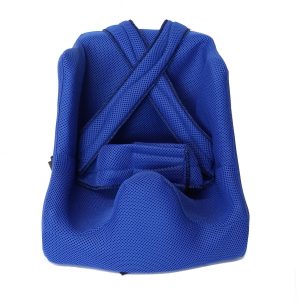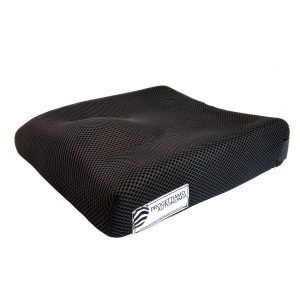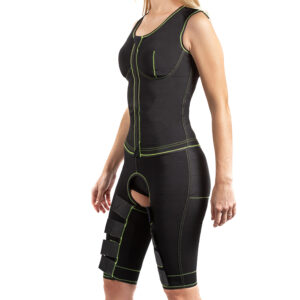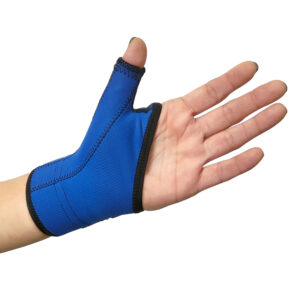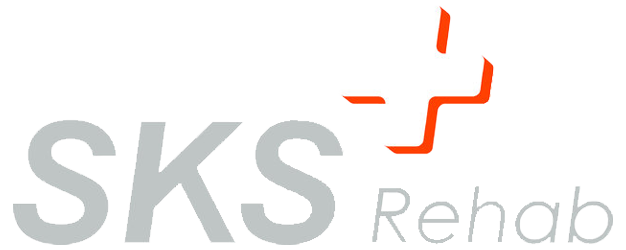FLEXA GARMENTS
A new concept in neurological and orthopedic patients treatment
PROJECT DESCRIPTION
Flexa is an elastic compressive orthosis created to treat the posture of the joints, the alterations of the tone and to improve the functional and motor skills of patients suffering from orthopedic or neurological disease. It also increases proximal stability.
Flexa works on the proprioceptive system and configures itself as a teaching garment that induces learning/re-education and maintaining corrective schemes in terms of posture, stabilization and function of the specific body segment in question. Each garment is tailored to meet the specific needs of each individual and the related project/goal
The project aims to increase knowledge of this new bracing system as an important tool amongst doctors, physiotherapists and occupational therapists and to serve as an effective response to individual patient needs. Non-invasive, non-rigid, non-constricting it is better tolerated and easier for the patient to use, more manageable and work well with other aids.
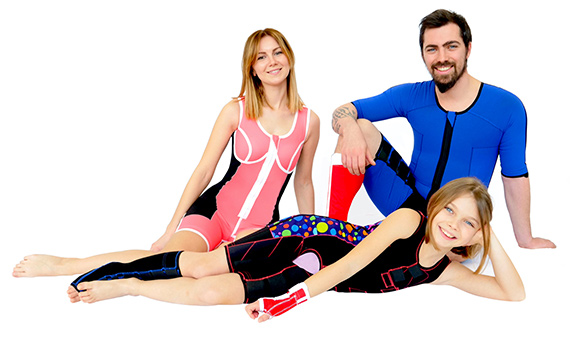
FLEXA IS A PROGETTIAMO AUTONOMIA PATENTED PRODUCT

FLEXA dynamic, elastic and compressive garment is composed of a series of elements (corset, bodysuit, gloves, etc …) that can be integrated or not with respect to the therapeutic objective of the individual patient. Such type of orthosis can be used to stabilize, align, prevent / correct deformities or to improve the function of body movable parts.
Innovative feature of FLEXA is to combine (by changing the orthosis characteristics and materials to the patient needs) the ability to support and stabilize the various body segments exploiting the compressive forces and, at the same time, apply external force (elastic) in order to improve the range of motion and facilitate the better use of the mobile body segments.
The opportunity to manufacture rigid support/insert inside the orthosis structure, makes possible to further improve the postural and motion control. The possibility of providing incentives and support for different levels of intensity in different parts of the body improves the proximal or distal stability, reducing the movement disorders and coordination and balance disturbances.
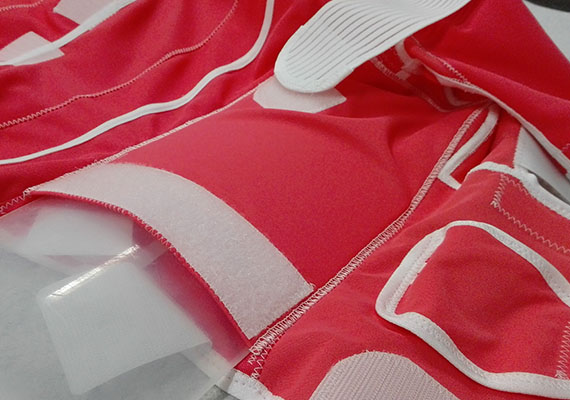
They may benefit from the use of FLEXA patients with neurological problems, such as results of Cerebral Palsy, stroke, head injury, multiple sclerosis and Parkinson’s disease.
Thanks to the used materials features is also possible to stimulate the somatosensory system through the skin proprioceptors and the musculoskeletal system to enable better postural stabilization, improved awareness and consciousness of the body positions, and increase muscle recruitment .
Other benefits include the reduction of pain, reduction of disorders associated with neurological diseases (decrease spasticity and rigidity),, thus enabling improved patient performance at home or in therapy. FLEXA is very often used with great functional advantages to improve the postural attitude of those patients that, for clinical characteristics, can’t tolerate too rigid orthoses (patients with neuro-muscular diseases).
The orthosis is not standard but it’s tailored, manufactored to the patient on a careful and precise individual design base. A specialized technician performs a series of measurements directly on the patient, using a specific data collection protocol, designing the future orthosis with respect to the patient morphological characteristics, the disease and the functional goals. Each garment is handcrafted and customized to the specifications of each individual patient. Once realized, the orthosis is tested on the patient and from time to time suitably modified on the evolution and change in the clinical situation.
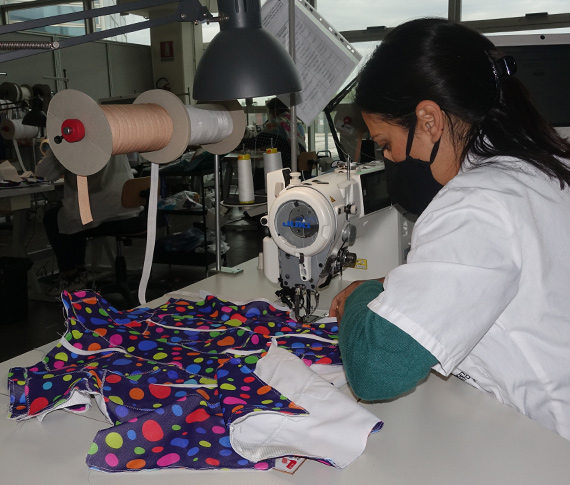
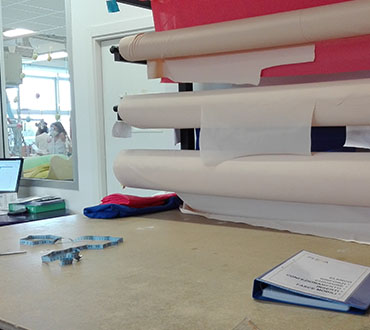
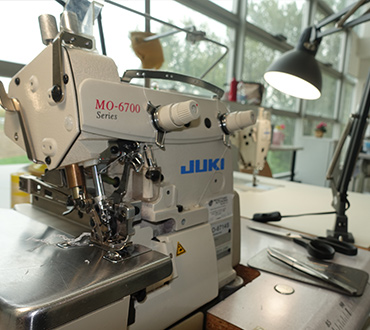
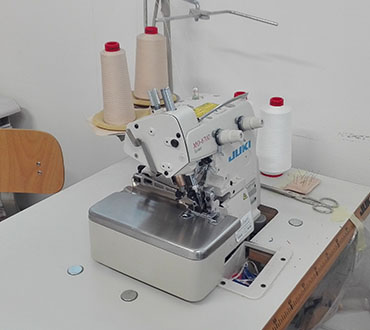
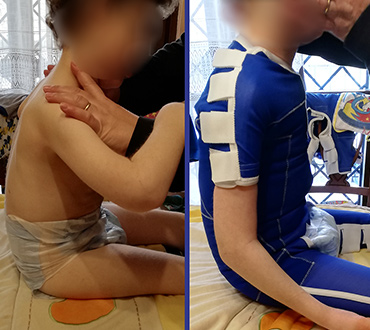
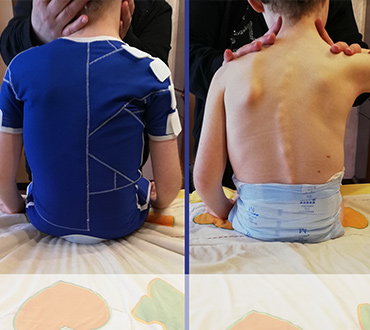
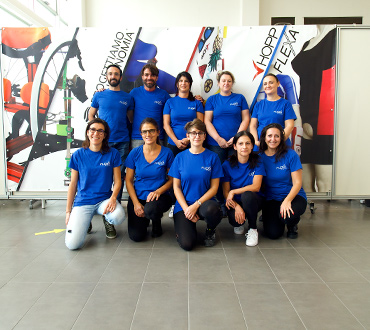
VIDEO & MULTIMEDIA
RESEARCH
For years take place meetings amongst clinicians, in order to exchange experience and define Flexa therapeutic goals as part of child rehabilitation project in case of neuro-motor disabilities. From 2010 Flexa working group has developed a detection and data analysis protocol.
They incorporated the experiences of several reference centers across the country:
- Università di Napoli
- La Nostra Famiglia di San Vito al Tagliamento
- La nostra Famiglia Bosisio Parini
- NPI di Imola
- NPI di Prato
- Policlinico Gemelli di Roma
- Bambin Gesù di Palidoro
- IRCCS S.Lucia di Roma
- Ospedale Meyer di Firenze
- NPI di Novara
- NPI di Siena
- NPI di Livorno
- NPI di Brescia
- NPI Empoli
One of the most obvious effects of FLEXA is the “disperceptive” disorder reduction, especially in those children with severe quadriplegia, unable to maintain any posture control because of the significant perceptive discomfort. By using FLEXA (“second skin” effect) these children can modulate in a more appropriate manner “startle” and spasms reactions, thus improve postural control.
In several children with cerebral palsy, often we see the difficulty of controlling the support reaction to maintain the sitting position with a large kyphosis. Thanks also to FLEXA you can achieve a better postural alignment, thus freeing the upper limbs for manipulation tasks.
In more complex cases you can combine semi-rigid silicone resin elements (BNB) to FLEXA to “stiffen” the orthosis more.
FLEXA can also be used to increase the stability of the pelvis in those children whose walking is characterized by poor control of the pelvis position, basic requirement to set the appropriate position to lower limbs weight bearing. In some cases it is possible to improve the alignment of the lower limbs, reducing excessive proximal rotations, through the combined use of integrated elastic straps in the garment. In children with spastic hemiplegia it is possible, through adapted orthosis, stabilize the proximal segments (wrist) to encourage the use of distal segments (fingers) hemiplegic upper limb, then integrating it into manipulation tasks. When more rigid orthoses are not tolerated, with Flexa is possible to allow a better postural hygiene of the hand.
The orthosis FLEXA can also be manufactured for specific functional requirements (eg. To allow the wirst stabilization to facilitate wheelchair pushing)
Recently, through collaboration with the Functional Rehabilitation Service of Meyer Paediatric Hospital (Florence), the elastic support FLEXA has been applied as an alternative to the anti – adduction functional bandage, in the conservative treatment of congenital relapsed clubfoot.
Some recent Flexa applications include the rehabilitation of Adults people suffering from neuro-motor disorders.
To facilitate the proximal trunk control in Parkinson’s disease.
To encourage the posture of the adult hemiplegic shoulder.
To promote the trunk stability in acquired spinal injury.


